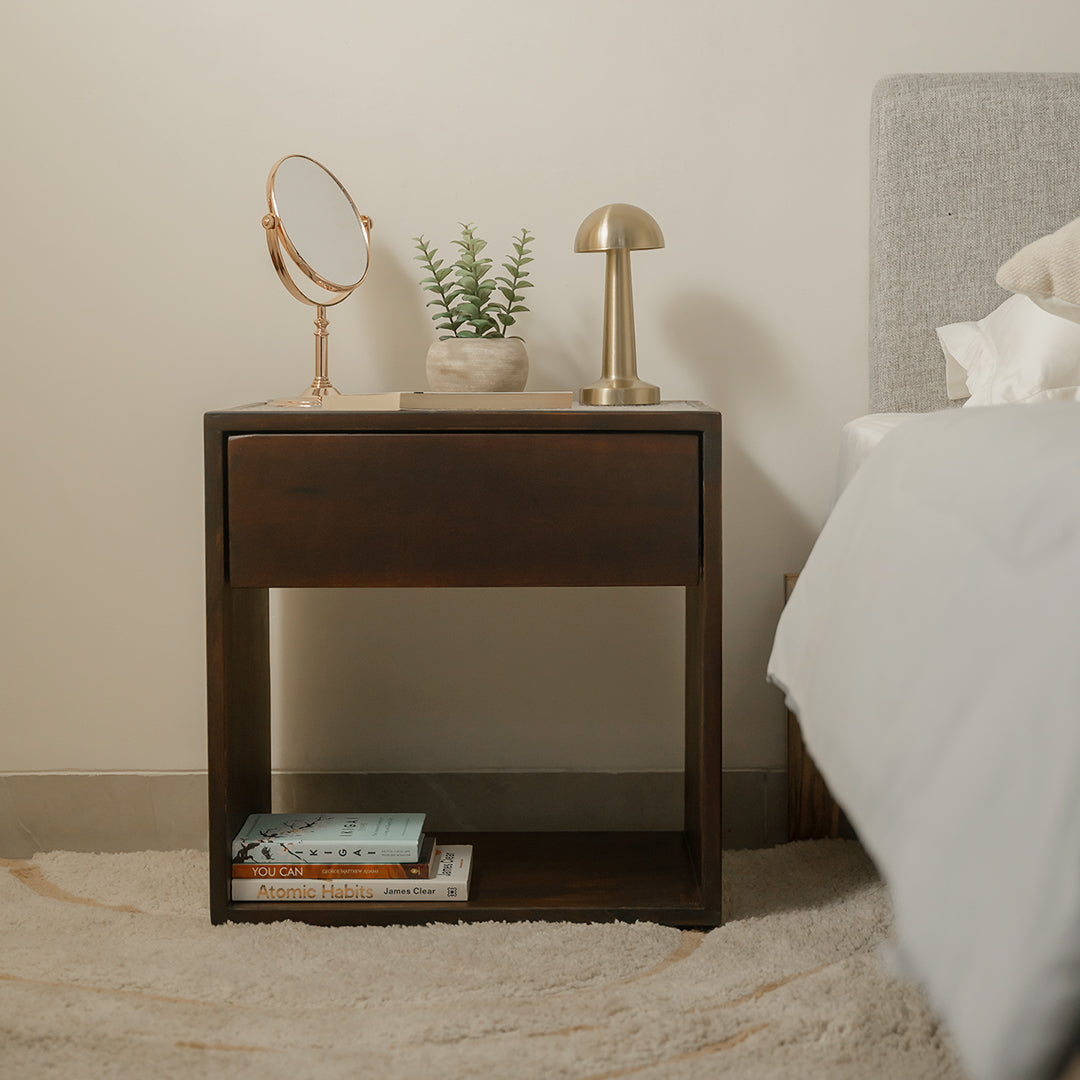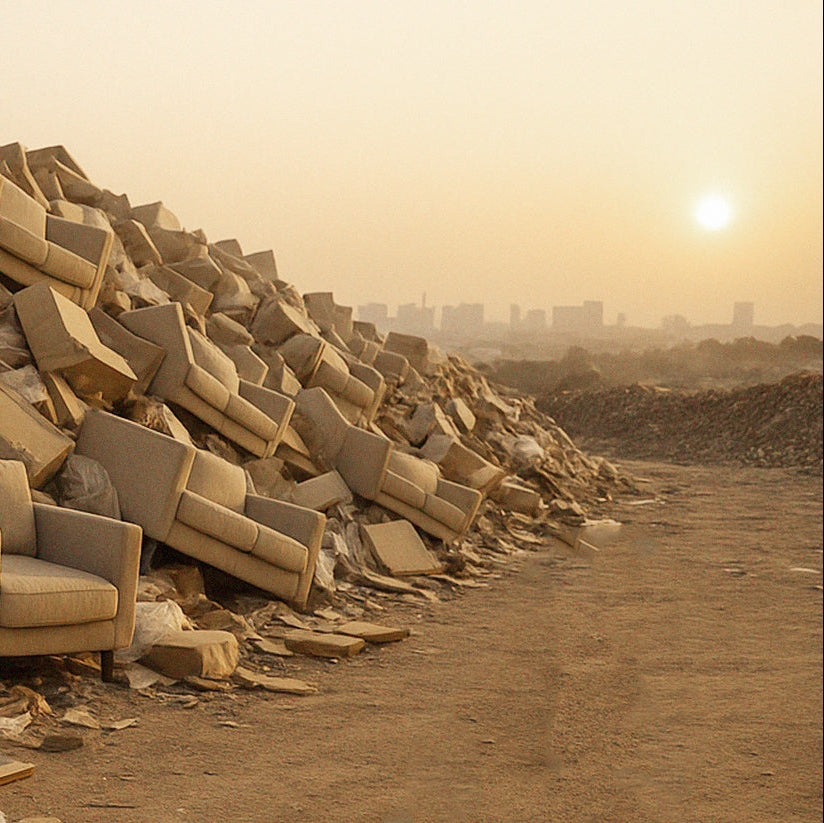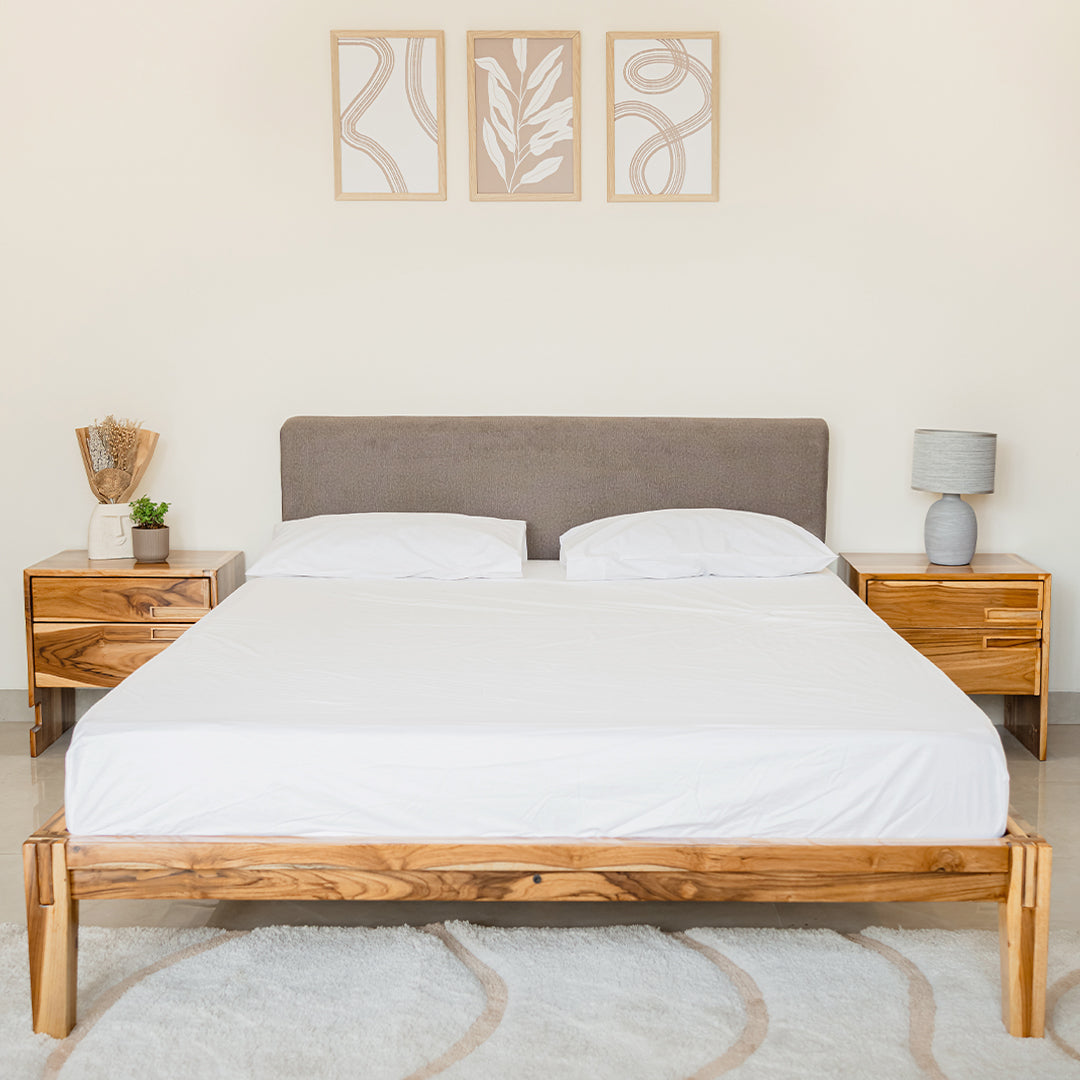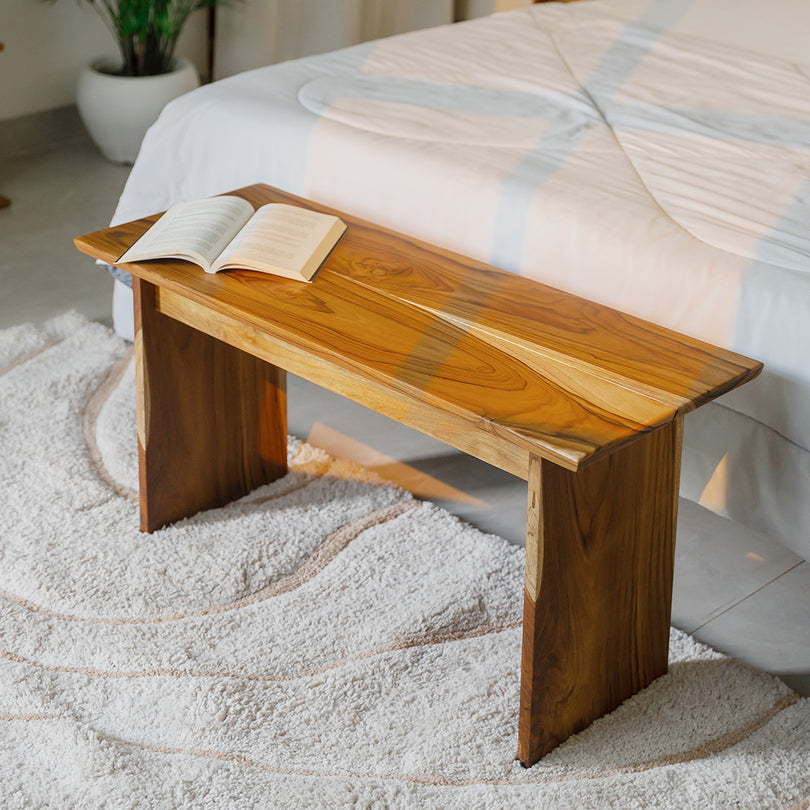Article: Modern? Or Just Mass Produced?
Modern? Or Just Mass Produced?
We live in a curated world. Our morning chai is Instagrammable, our commutes are traffic-jam podcasts, and our homes? Oh, our homes are carefully constructed stages for our perfectly imperfect lives.
But pause for a moment, and cast a discerning eye over that sleek, minimalist table you just bought. Is it truly a testament to “modern design”, a beacon of timeless style? Or is it just… the same table everyone else got from the latest online flash sale — destined to wobble its way through a couple of moves before being discarded during the next Diwali cleaning?
In our quest for an aesthetic that whispers “I have my life together,” we’ve blurred the lines between “modern” and “mass-produced,” “streamlined” and “soulless.” It’s time we call out the furniture frenzy before our rental apartments turn into waiting rooms for disposable décor.

The Beige Banality — When Minimalist Becomes Maximum Conformity
We’ve entered the era of the beige sofa. We’ve successfully stripped our homes of personality in the name of “calm,” only to realise every living room now looks like a showroom sample — complete with an existential crisis in muted tones.
Here’s something to think about: in the U.S. alone, over 12 million tons of furniture waste are generated every year. Much of it comes from what experts call “fast furniture” — pieces designed for short-term use, often lasting just a few years before being replaced.
And while we often think India’s thriftier habits shield us from this problem, that’s no longer the case. Estimates suggest that even if Indians produced just a fraction — say, around 10% of global furniture waste levels — it would still amount to nearly 700 metric tonnes of discarded furniture every single day. Combine that with the 62 million tons of household waste our country already generates annually, and the scale becomes impossible to ignore. Much of this furniture could have been spared the landfill if it were built to last — crafted, not churned out.

This isn’t minimalism; it’s a high-waste habit in neutral colours.
Contrast that with the homes many of us grew up in — solid wood diwans, carved almirahs, and tables that carried not just dinner plates but decades of family stories. Those weren’t just pieces of furniture; they were living heirlooms.
And then there’s the dreaded flat-pack experience — the modern urban ritual where you wrestle with screws, missing Allen keys, and confusing instructions. In fact, entire online forums are dedicated to “assembly rage.” We’ve all been there, mid-assembly, questioning our life choices and our muscle strength.
The antidote isn’t rejecting sleek design; it’s demanding better bones. Brands that respect authentic craftsmanship — like Plankly, for instance — know that true quality lies in joinery, grain, and geometry. You want timeless? You need material that tells a story, not one that’s been veneered into silence.

The Back-Breaking Accent Chair — When Form Overthrows Function
We’ve all fallen for it — that stunning accent chair that photographs beautifully but requires acrobatics to rise from. It’s a recurring tragedy of urban interiors: sacrificing comfort at the altar of aesthetics.
Many trendy, mass-produced pieces rely on engineered wood composites held together with lightweight fasteners — easy on the eyes, but not so easy on your spine or patience. And when these fragile designs face a house shift (a near-annual event for city renters), they often don’t survive the move.
Online buyers know the drill too well — the anticipation of a new purchase followed by the heartbreak of a delivery that didn’t quite match the photo, or worse, arrived with a mysterious crack. It’s a reminder that “fast furniture” often prioritises speed and scale over soul and sturdiness.
In contrast, furniture built with genuine materials and skilled joinery can easily last decades. The kind that doesn’t flinch through seasons, relocations, or a spilled cup of chai. Think of it less as furniture and more as functional sculpture — something designed to serve and stay.

The Verdict: Invest in Longevity, Not Labels
In India — where a wooden bed can outlast family feuds and where every heirloom tells a story — the fast furniture cycle feels especially out of place. We’re a culture that values permanence, even when our cities move fast.
So, the next time you’re shopping, look beyond buzzwords like “hand-finished” or “Scandinavian-inspired.” Let your eyes (and your hands) judge the truth — the weight, the grain, the joinery, the quiet confidence of something meant to last.

Choose furniture that travels with you — from your first rental to your forever home. Pieces that will witness countless chai spills, laughter, housewarming parties, and generations of stories.
Because real modern design isn’t about keeping up with trends — it’s about creating things that keep up with you.
Now tell us — what’s one piece in your home that feels like it’ll stand the test of time?
Author’s Note
At Plankly, we believe furniture should outlast trends — and maybe even a few address changes. Every piece we create is crafted from solid wood, designed to move with you through life, not fall apart mid-move. Built for the long run, and the long stories.
Modern? Yes. Mass-produced? Never.









